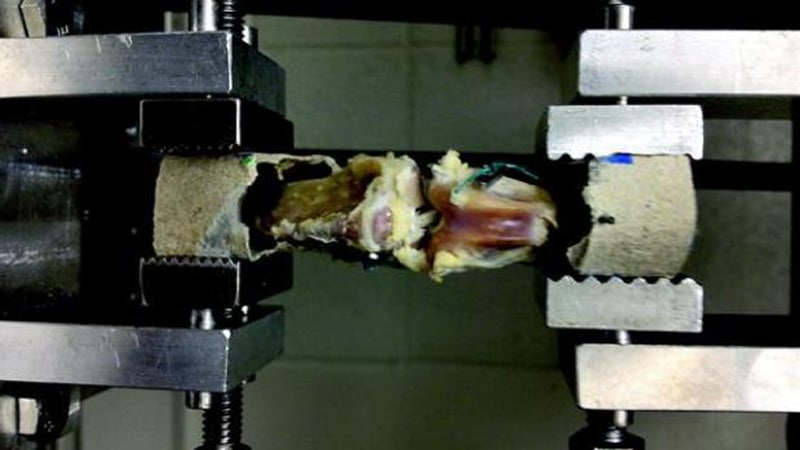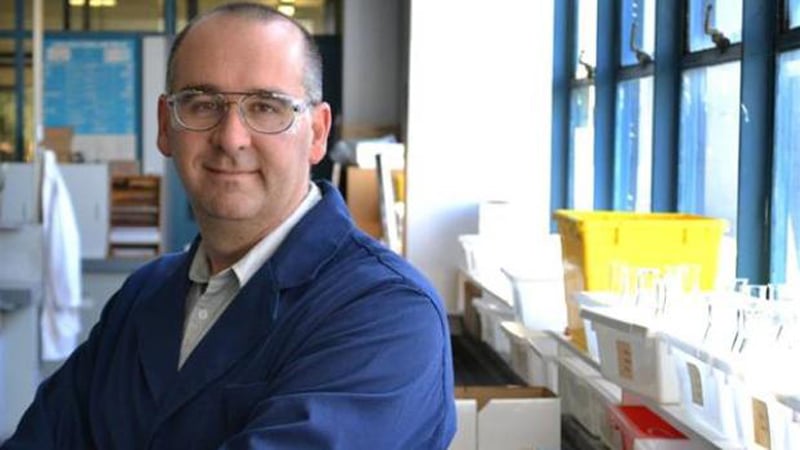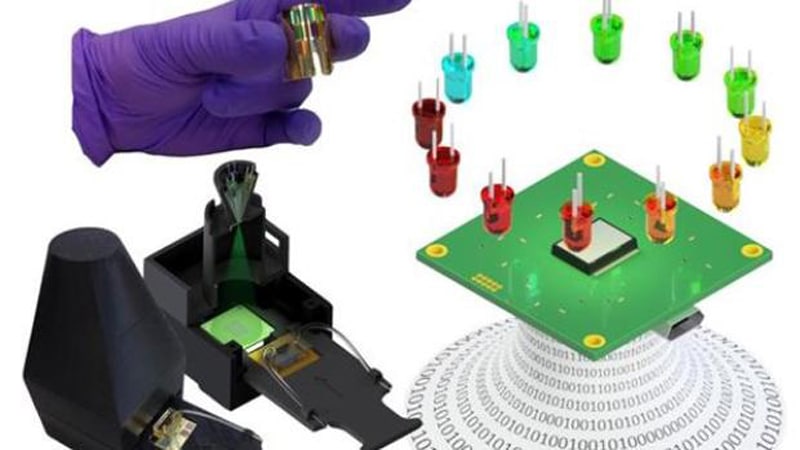
Day: March 2, 2017


University of Tasmania Prof receives $630k as grant for his contribution to 3D printing
March 2, 2017
No Comments
Read More »

Researchers at UCLA develop medical sensors using machine learning and 3D printing
March 2, 2017
No Comments
Read More »